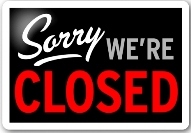This fall, the Albert B. Sabin digitization project has been featured in several different places. I wanted to share all of them with you so you can check them out!
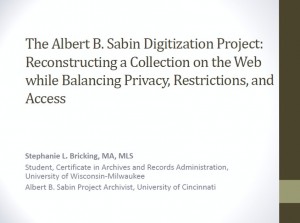
If you would like to see the slides from my presentation on the Sabin digitization project, please feel free to email the Winkler Center at chhp@uc.edu.
First, I want to tell you about my recent presentation at the Mid-Atlantic Regional Archives Conference (MARAC) Fall 2012 Meeting in October. My presentation, “The Albert B. Sabin Digitization Project: Reconstructing a Collection on the Web while Balancing Privacy, Restrictions, and Access,” was part of the session called, “Student Paper Session: Digital Reconstructions.” This was a great opportunity to discuss how Sabin project staff are dealing with sensitive issues, such as privacy and classified government information, in a digital collection. It was great sharing the project with the group at MARAC, and I even received a couple of questions at the end of the session. (MARAC plans to have all of their presentations from this meeting, including mine, available on their digital repository soon. Be sure to check it out!) Continue reading

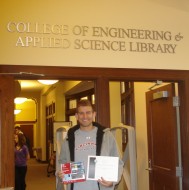
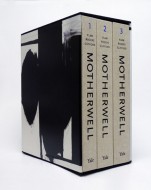
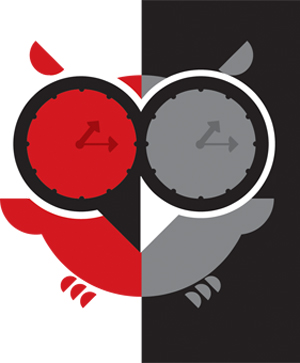

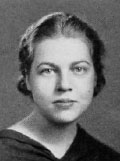
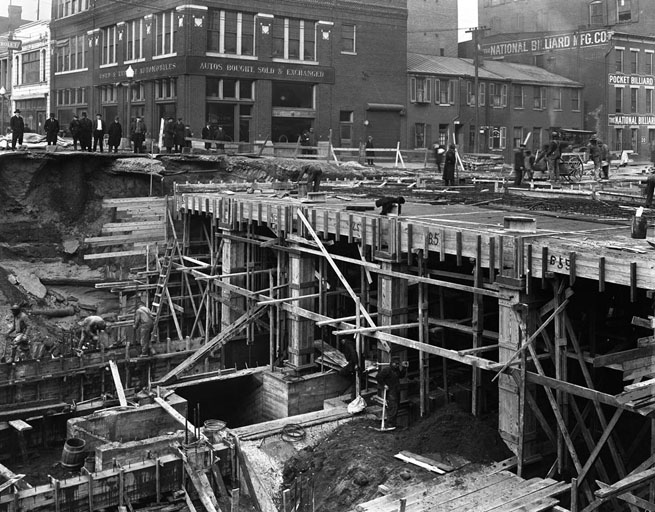
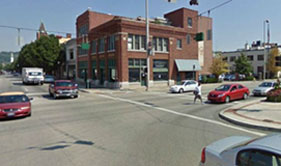
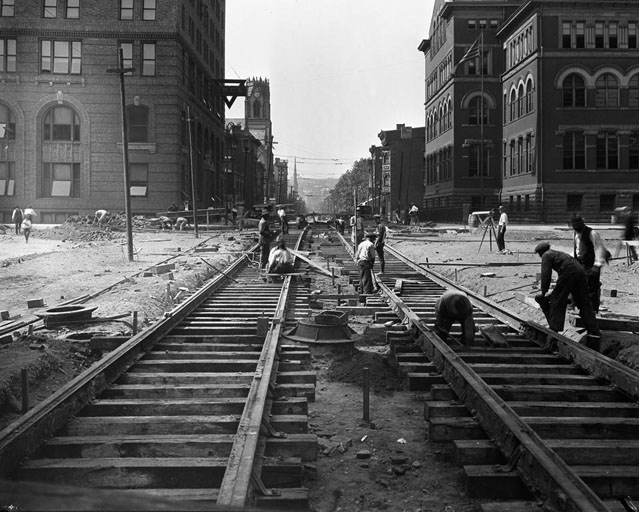

 Three new subject areas are now available via UC’s subscription to the
Three new subject areas are now available via UC’s subscription to the 